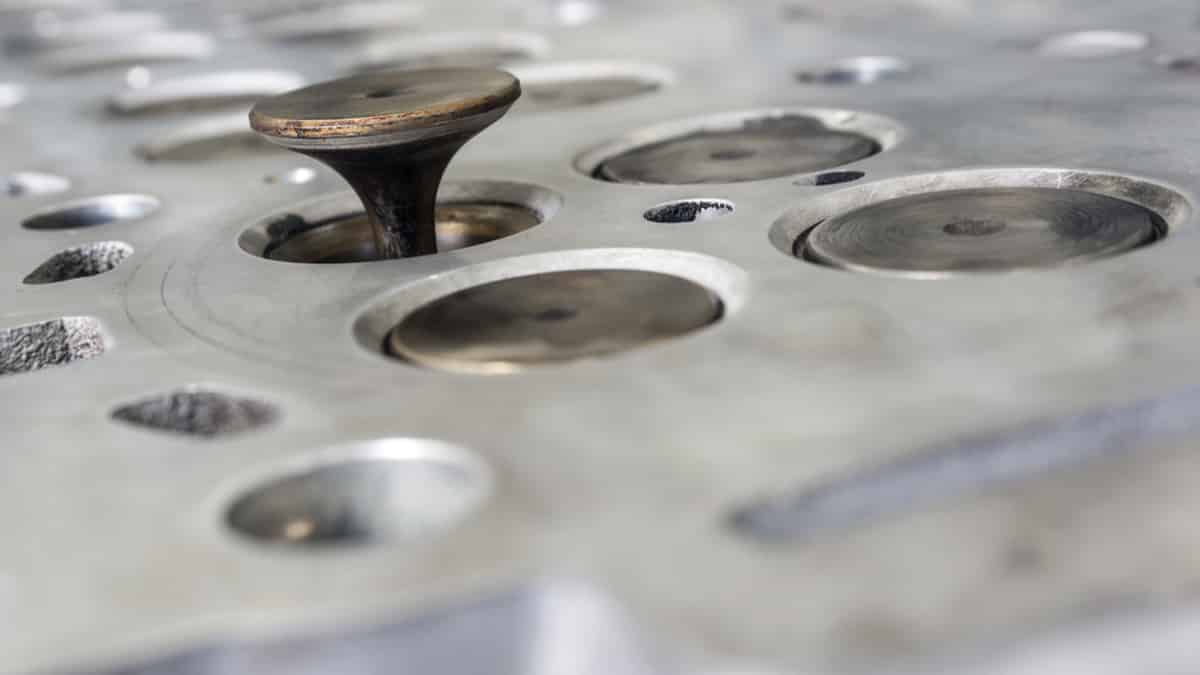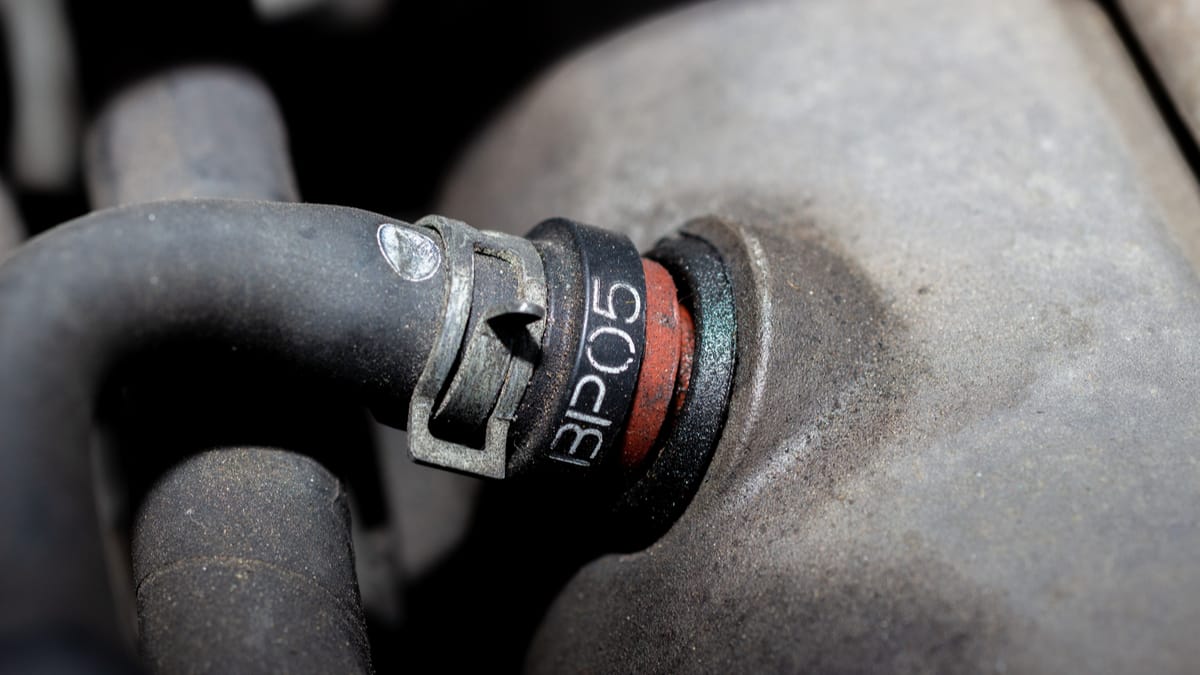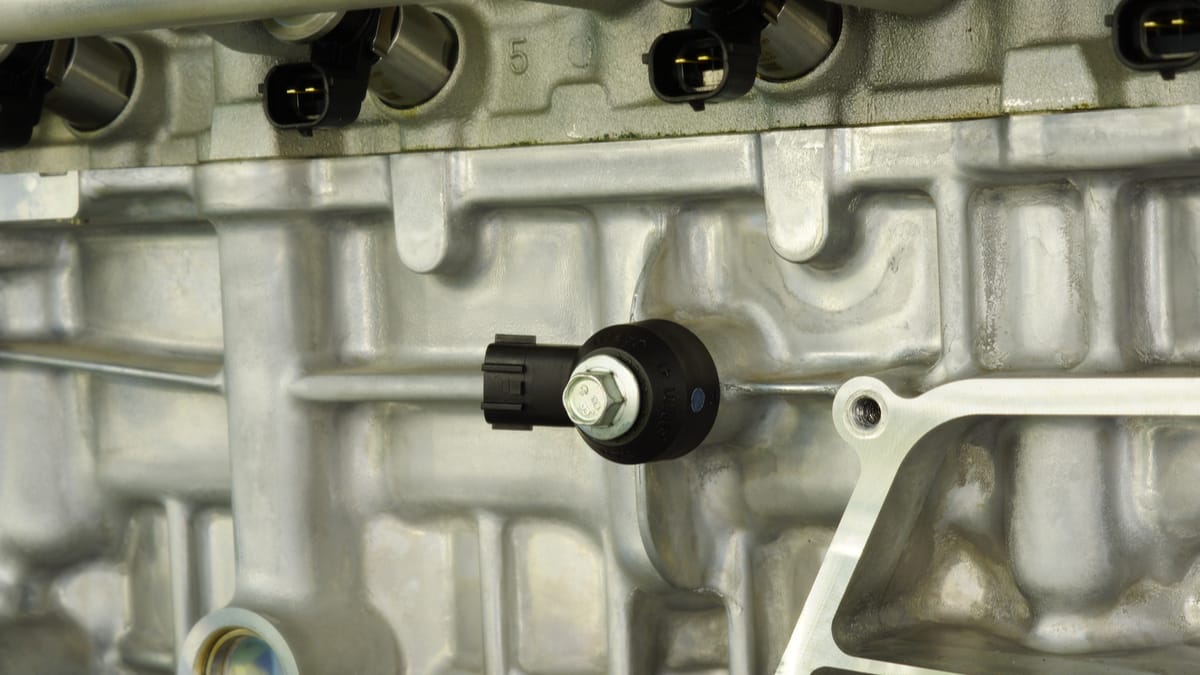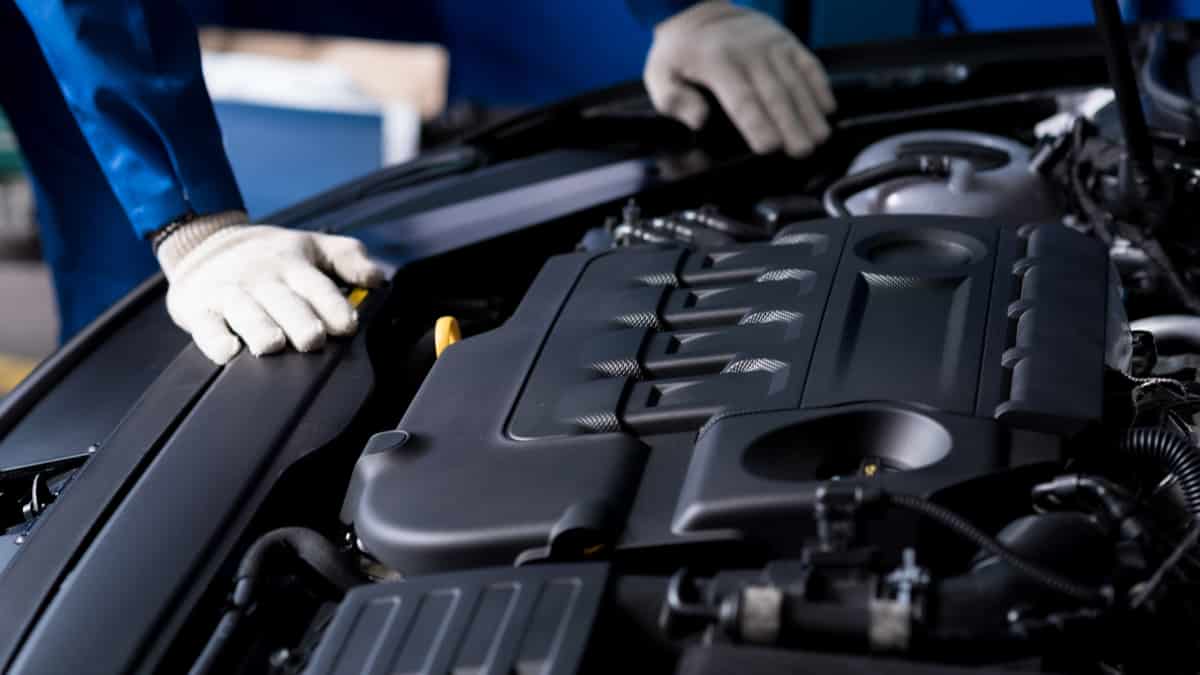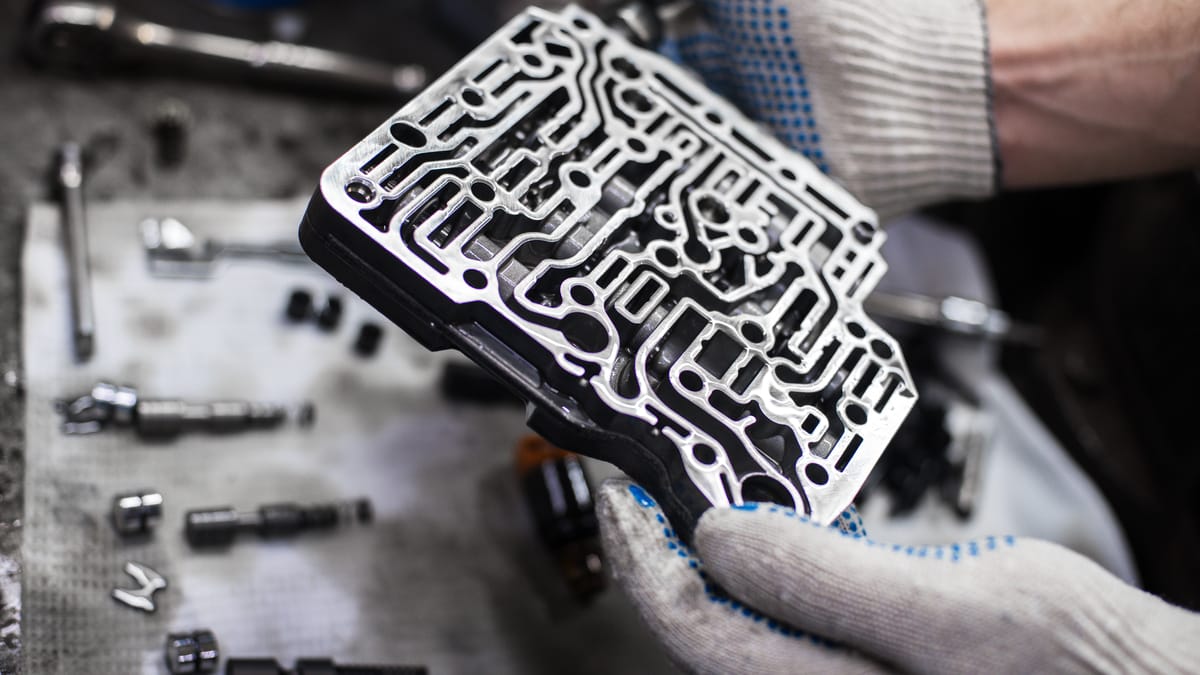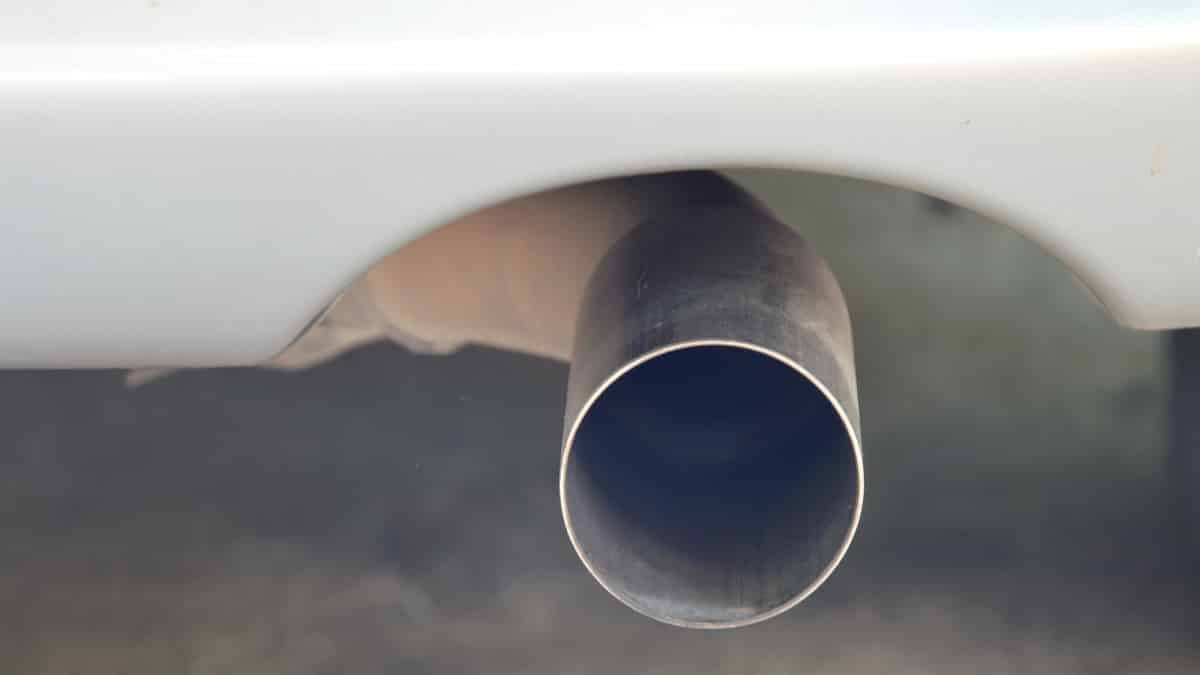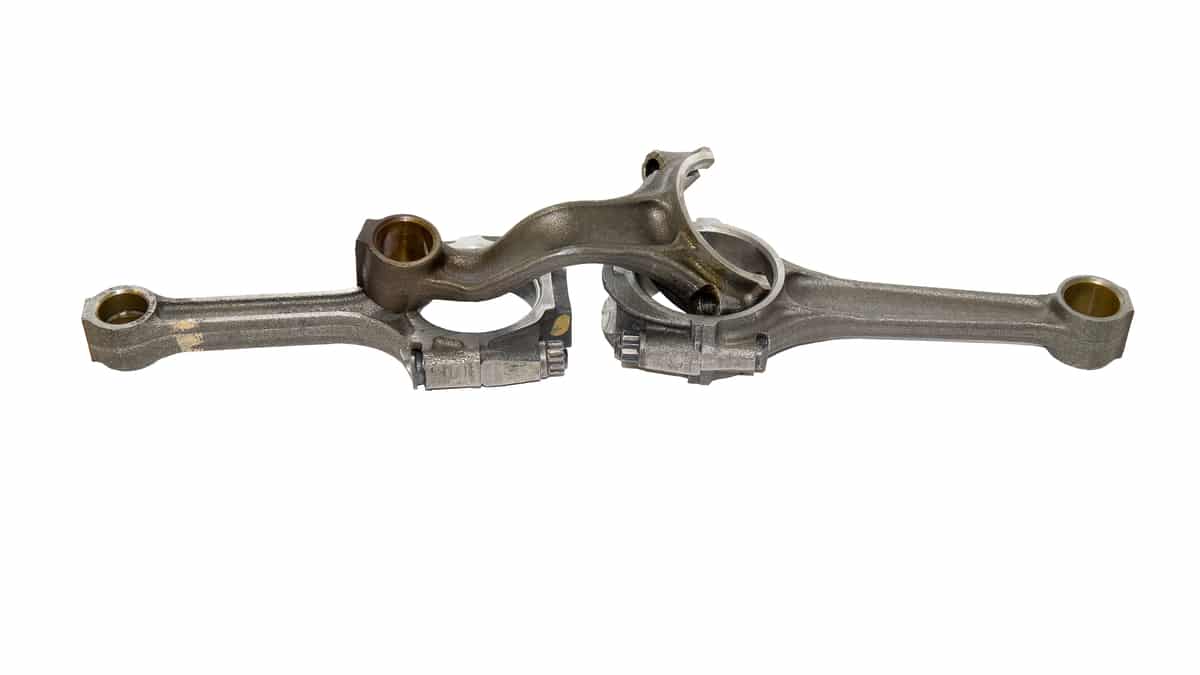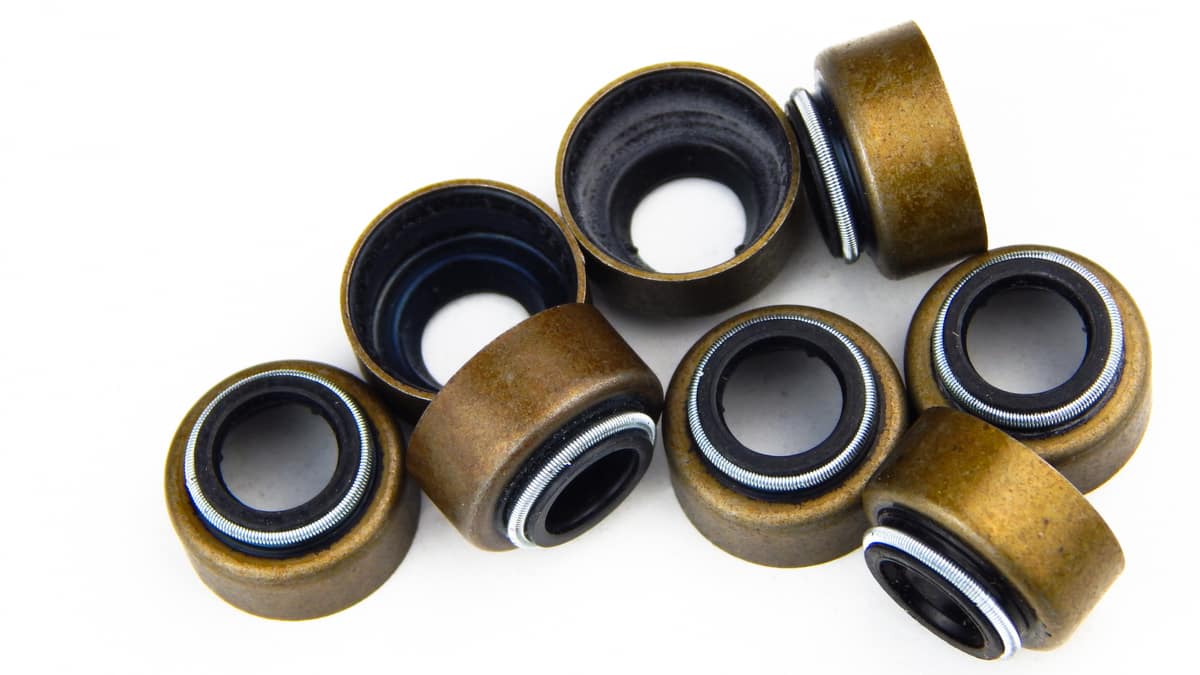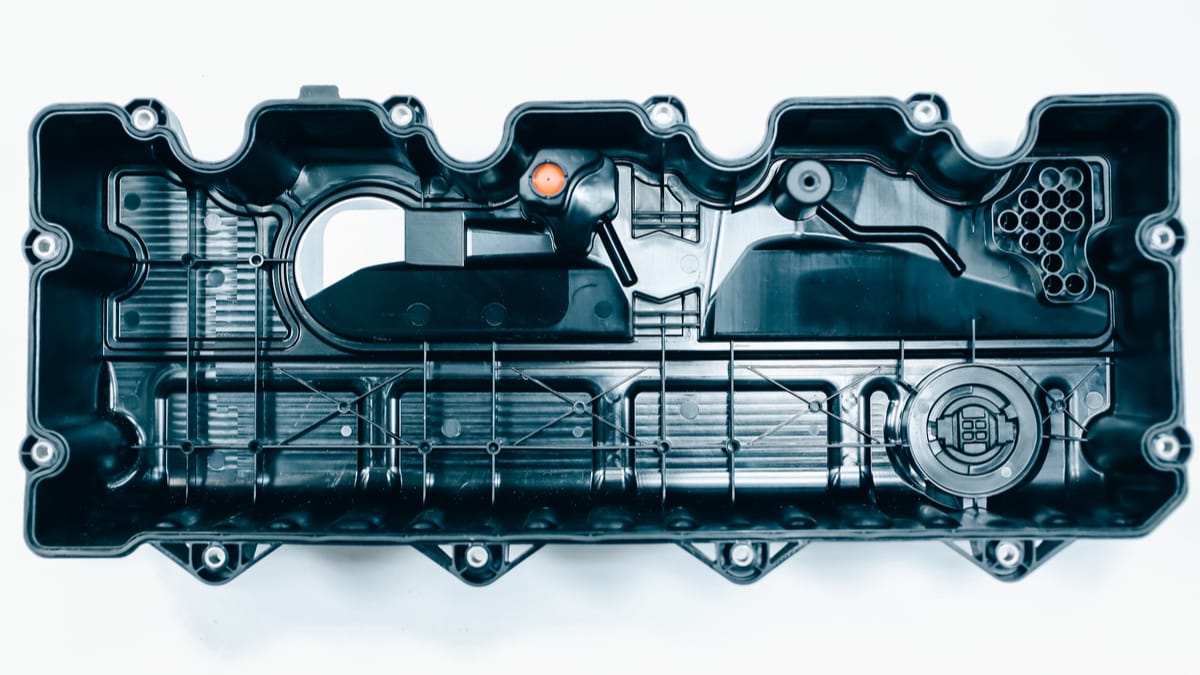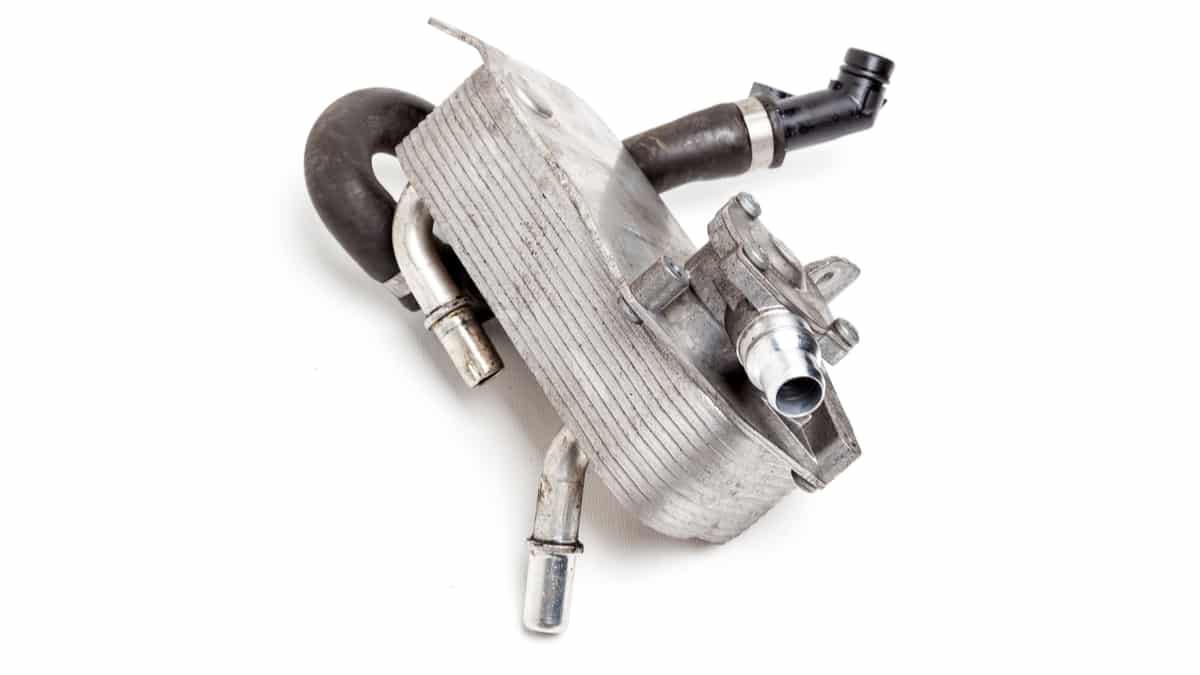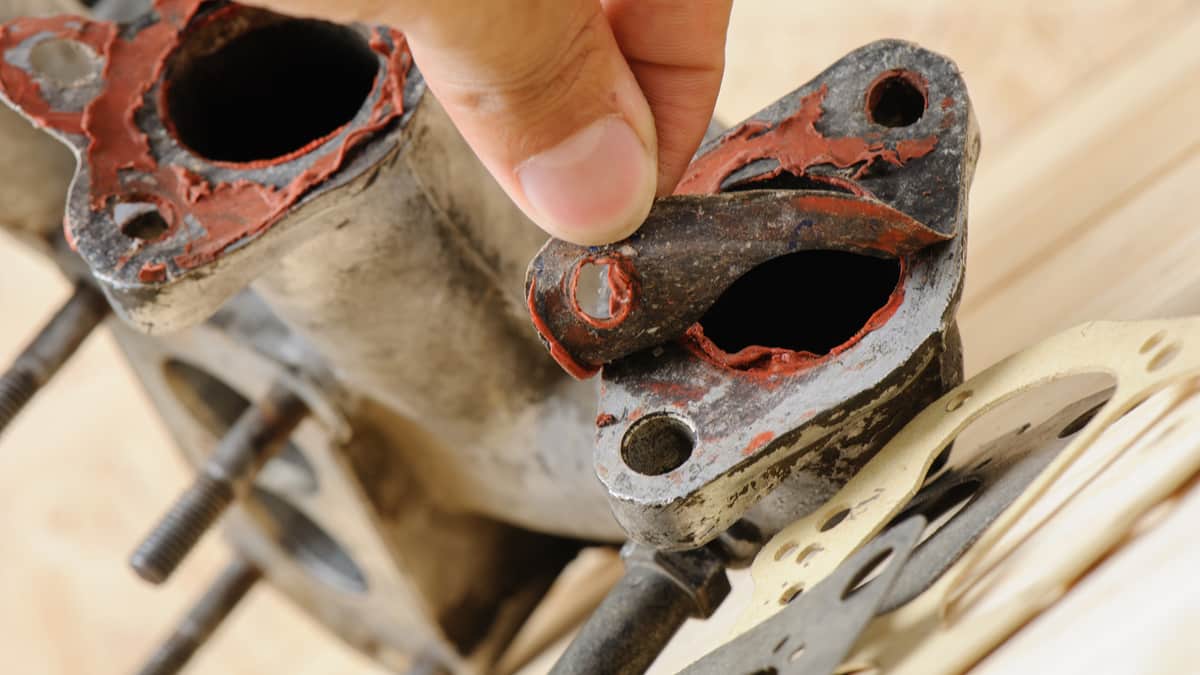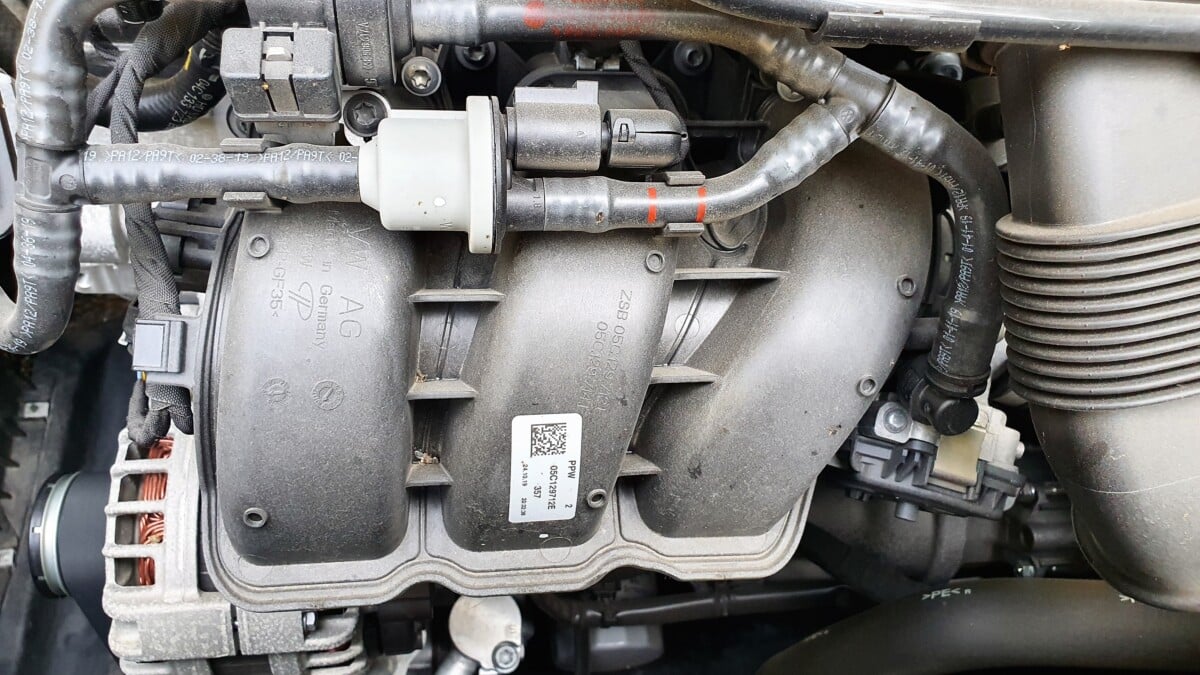Engine trouble is the last thing anyone wants to deal with, but it happens. One troublesome issue that can cause a headache is a bent engine valve. What are the symptoms of a bent engine valve, and how serious is the defect?
Considering the engine valves are an essential part of the motor, it’s important to get this problem worked out quickly.
I look at the function of the engine valves and touch on the symptoms when one is bent. This guide also shows you how to test for bent engine valves. Let’s begin with a quick look at the signs.
Bent or Bad Engine Valves Symptoms
The main symptoms of bent engine valves include:
- Check engine light
- Engine backfires
- Low Compression
- Shaking engine
- Lack of Power
- Excessive Oil Consumption
Here is a more detailed list of the signs of bent engine valves to look for:
1. Check Engine Light
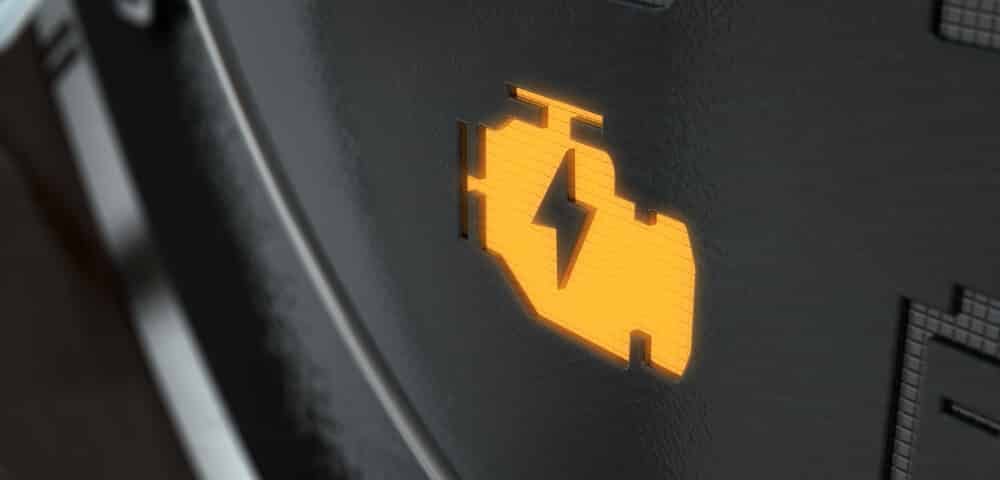
Modern cars monitor all sensors in your car engine in real-time to make sure its performance is optimal. If something is wrong with any of the sensors or if any parameter is out of range, it will light up the check engine light on your dashboard.
If any of your engine valves are bent, it will definitely result in a check engine light. You can check the trouble codes with an OBD2 scanner to look for any air-fuel mixture related trouble codes.
The engine valves are not electronic, and therefore the trouble codes will not directly say that an engine valve is bent, but it may say something about misfires or wrong air-fuel mixture.
2. Engine Backfires
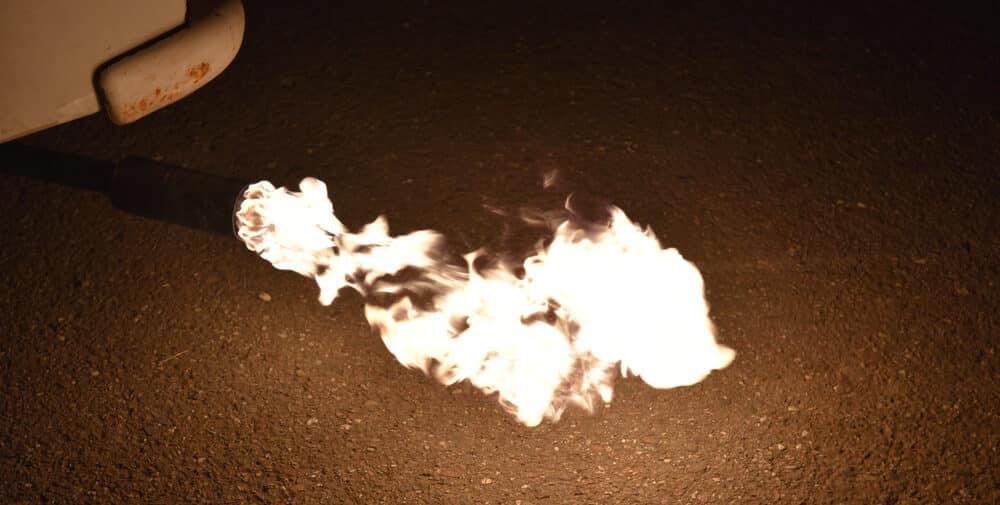
If an exhaust valve is bent, it affects how the fumes leave the cylinder. The exhaust valves need to open and close at precise times to ensure the right amount of pressure is always present.
A bent exhaust valve can end up in the wrong position. It can also fail to seal properly when closed. This defect causes an exhaust leak that affects the way the fuel is combusted.
When the ECU notices the problem, it might overcompensate by changing how much fuel gets delivered to the cylinder. When the cylinder runs rich, unburnt fuel leaks into the exhaust, creating a backfire or popping sound.
3. Low Compression
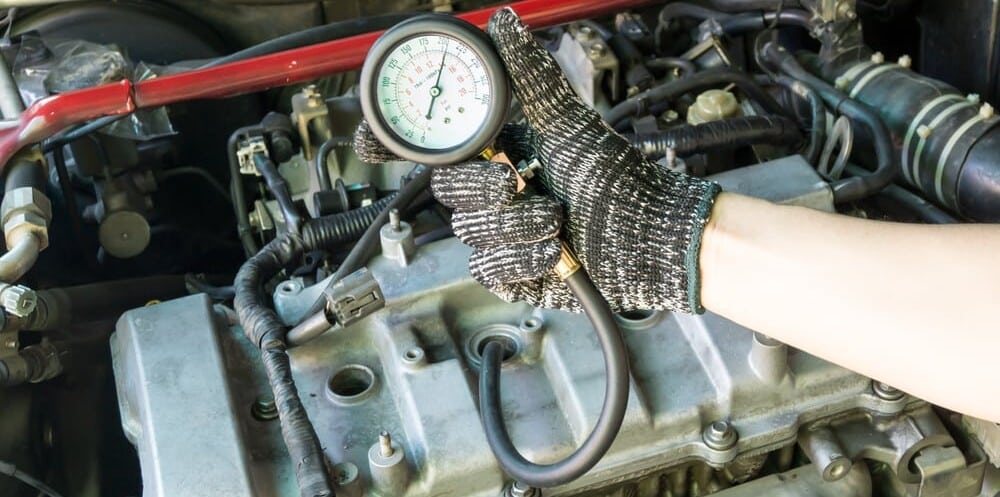
When the engine is running, there is pressure building up inside the cylinder, known as compression. Bent engine valves commonly lead to an imbalance of compression. When this pressure is too low, the combustion process is affected and the fuel cannot burn correctly.
The bent engine valve creates low compression because it no longer closes securely, thereby leaving the seal defective with the cylinder head. As air or exhaust escapes, the compression is thrown off, causing a lack of power and other performance complaints.
If you notice low compression during a compression test, it is definitely time to check your engine valves to make sure they are not leaking.
4. Shaking Engine
Bent engine valves are notorious for changing the way the engine runs. If a valve is damaged by something such as a broken timing belt, the motor could start to shake due to misfires. You might notice this more often when idling or driving at slower speeds.
Depending on how badly the valve is damaged, you might be able to drive for a short time. However, severely damaged valves can cause the engine to cease operating entirely.
5. Lack of Power
Bent engine valves almost always lead to a lack of power. In many cases, these power issues come from a reduction of pressure in the cylinder caused by the damaged valve. When the valve doesn’t close correctly or sit where it should, the combustion mixture will be thrown off.
Additionally, the power issues can come from the engine running rich to compensate for the problems caused by the bent valve. Either way, it must be repaired – the problem will only get worse over time.
6. Excessive Oil Consumption
Engine valves must be lubricated to work correctly. With the help of the valve seal, the stem of the valve is lubricated with oil when it moves. However, the oil is stopped from moving into the cylinder with the help of the valve seal.
A worn or damaged seal can occur when the valve bends. These broken seals allow oil to seep into the combustion chamber. This defect causes an excessive amount of oil to burn. It can also affect how the engine runs and can damage the catalytic converter if it isn’t fixed quickly.
If you see blue smoke from your exhaust pipe, that can be caused by a bent engine valve which causes the valve seal to leak.
RELATED: 6 Symptoms of a Bad Valve Seal
What are Engine Valves?
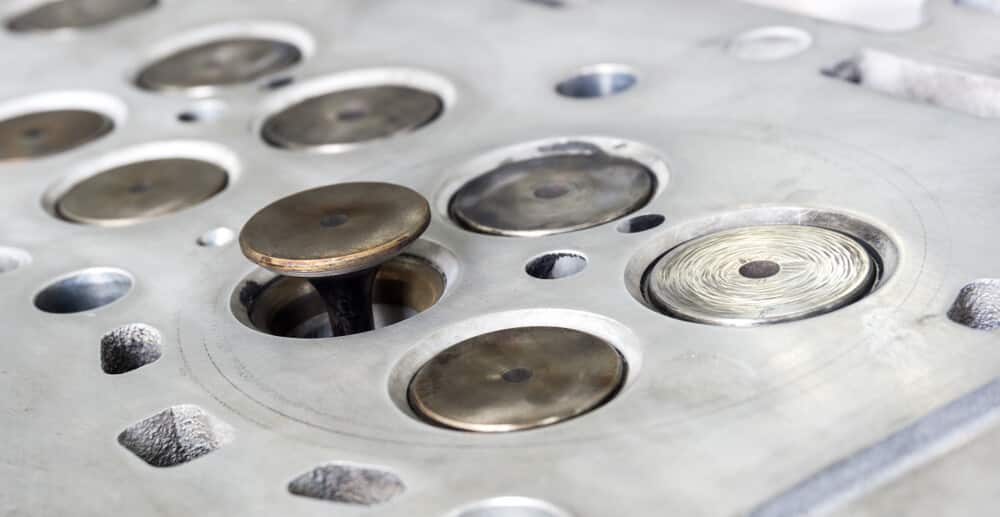
Valves are the parts that help control air movement through the motor. During the intake stroke, intake valves open to allow air into the combustion chamber. During the exhaust stroke, exhaust valves open to permit the burnt combustion out of the chamber.
When the compression stroke occurs, both the intake and exhaust valves must stay closed to build up pressure before the combustion mixture can be ignited. This combustion force gives your car its power.
Inside the cylinder head is where you will find the exhaust and intake valves. The majority of vehicles have two of each per cylinder. Therefore, a four-cylinder motor contains 16 total valves. However, some LS V8 engines used by GM only contain a single exhaust and intake valve per cylinder, giving you a total of 16 valves.
How to Test Bent Engine Valves
To test for a bent engine valve, the ideal check would require you to remove the cylinder head and take a physical look at the valve. However, this is more work than most people want to deal with, which is why compression tests and leak-down tests are handy.
With a compression test, you can quickly see how much compression each cylinder produces. It’s a simple way to see how the engine is performing.
If you find that one cylinder is low, you will move on to the leak-down test. With this diagnostic, you can tell when the air is leaking out of the engine. The leak-down test gets hooked up to the spark plug hole. Once that is accomplished, the crankshaft gets turned until the cylinder is at the compression stroke. This is when you hear where the air is rushing out of the engine.
If the air is coming from the intake, it’s likely you are dealing with a bent intake valve. On the other hand, air coming from the exhaust points to a bent exhaust valve. However, air coming out of these locations could also mean that there is just carbon buildup on the valves leading to a poor seal. Further diagnostics might be needed from a qualified mechanic if you are unsure.
Categories: Engine
